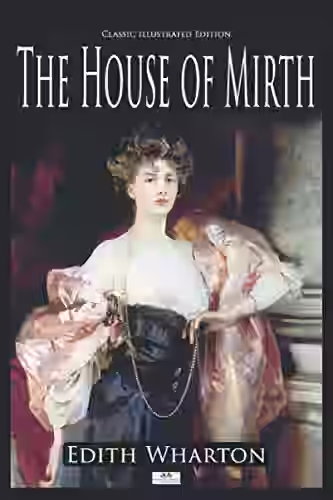
Edith Wharton’s The House of Mirth portrays the downfall of Lily Bart, a beautiful and intelligent woman navigating New York’s high society at the turn of the 20th century. Torn between love, independence, and societal expectations, Lily’s refusal to compromise leads to social isolation and personal ruin. The novel critiques the rigid class structure, gender roles, and materialism of Gilded Age America. With elegant prose and psychological insight, Wharton delivers a tragic portrait of a woman trapped by her environment.
About Edith Wharton
An American novelist, short story writer, and designer, famous for her sharp social commentary and meticulously crafted narratives that often depicted the manners and morals of the late 19th and early 20th-century American aristocracy. Her Pulitzer Prize-winning novel, The Age of Innocence, and The House of Mirth, critically examined societal constraints, class distinctions, and the limited roles available to women. Wharton's elegant prose and incisive observations offer a revealing look at a bygone era.
Other Books by Edith Wharton
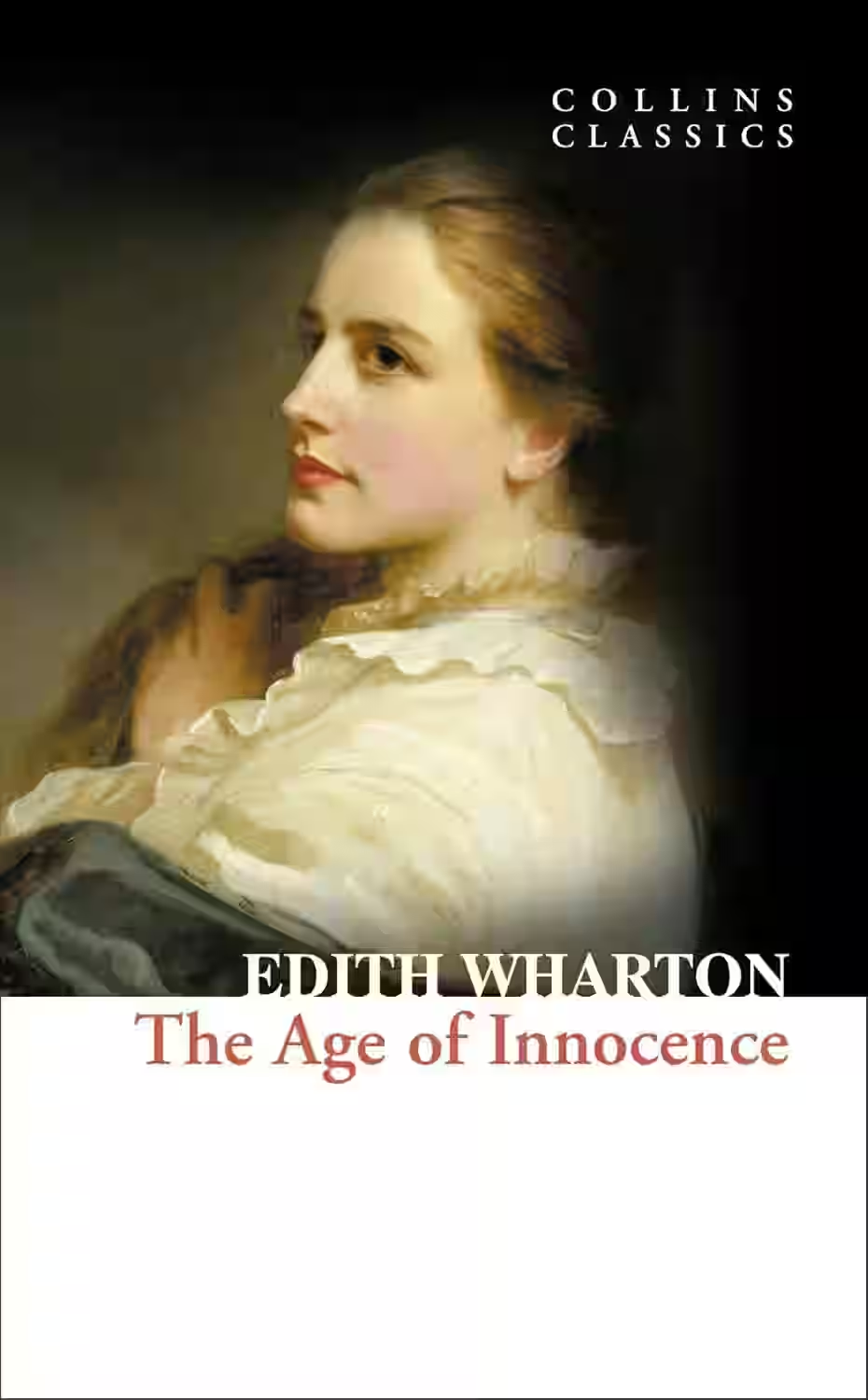
The Age of Innocence
Edith Wharton’s "The Age of Innocence" is a profoundly evocative tale set against the opulent backdrop of 1870s New York high society. It explores the intricate social codes and the suffocating expectations that govern the lives of its characters. At the heart of the story is Newland Archer, a privileged lawyer, who is torn between his societal obligations and genuine passion when he becomes enamored with the unconventional Countess Ellen Olenska. Through its masterful portrayal of a society on the brink of transformation, Wharton critiques the rigidity of social norms while examining themes of duty, desire, and the price of true happiness. As the first woman to win the Pulitzer Prize for Fiction, Wharton’s nuanced narrative captivates with its wit, irony, and introspection, leaving readers to ponder the delicate balance between societal expectations and personal fulfillment.
Similar Books
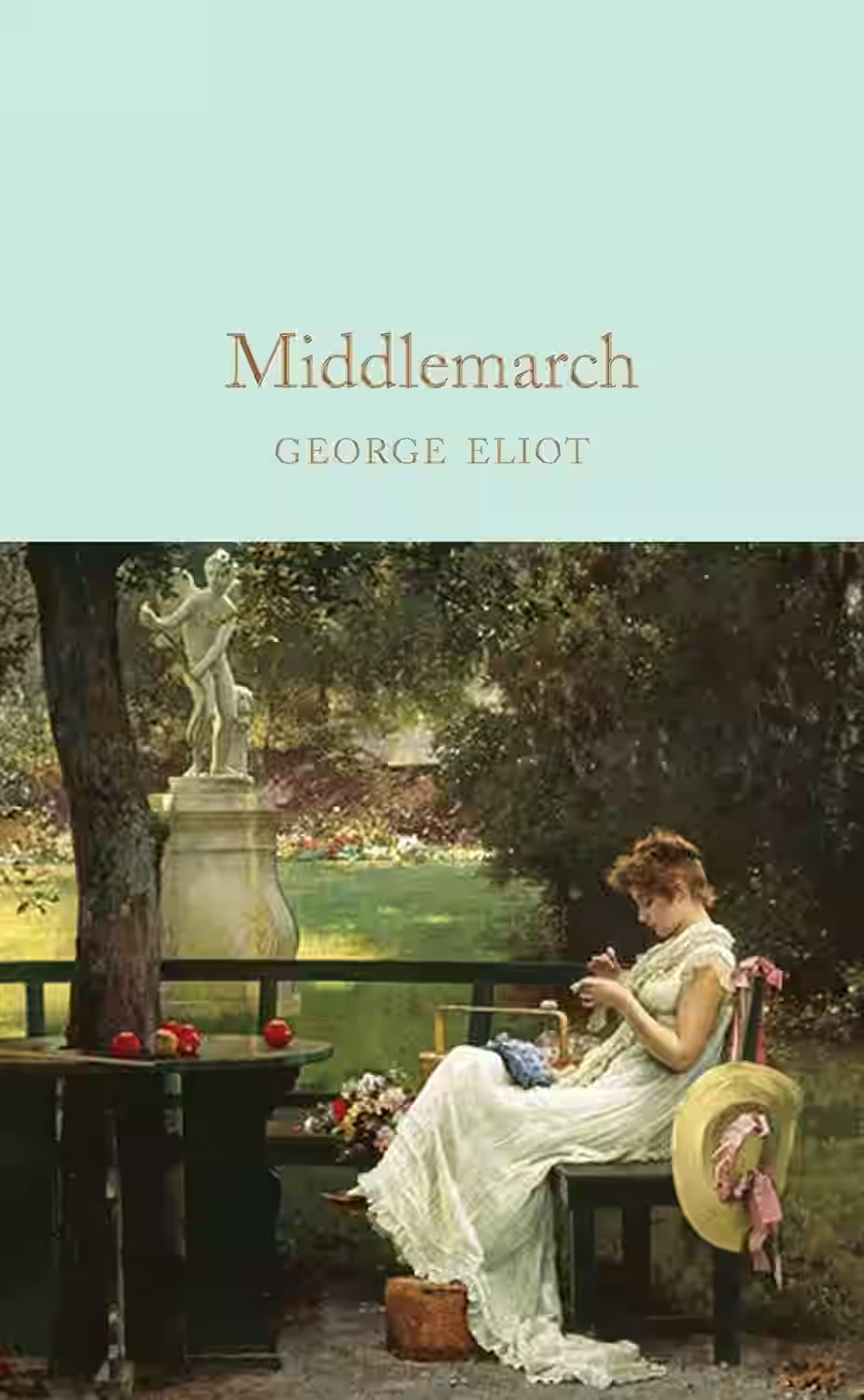
Middlemarch
by George Eliot
George Eliot’s Middlemarch is a deeply layered novel exploring the lives of residents in a fictional English town during the early 19th century. It centers on Dorothea Brooke, an idealistic woman seeking intellectual and spiritual fulfillment, and Tertius Lydgate, a reform-minded doctor. The novel examines marriage, ambition, politics, and the limitations of social convention. Renowned for its psychological realism and philosophical depth, Middlemarch is often hailed as one of the greatest English novels, offering a rich portrait of provincial life and moral complexity.
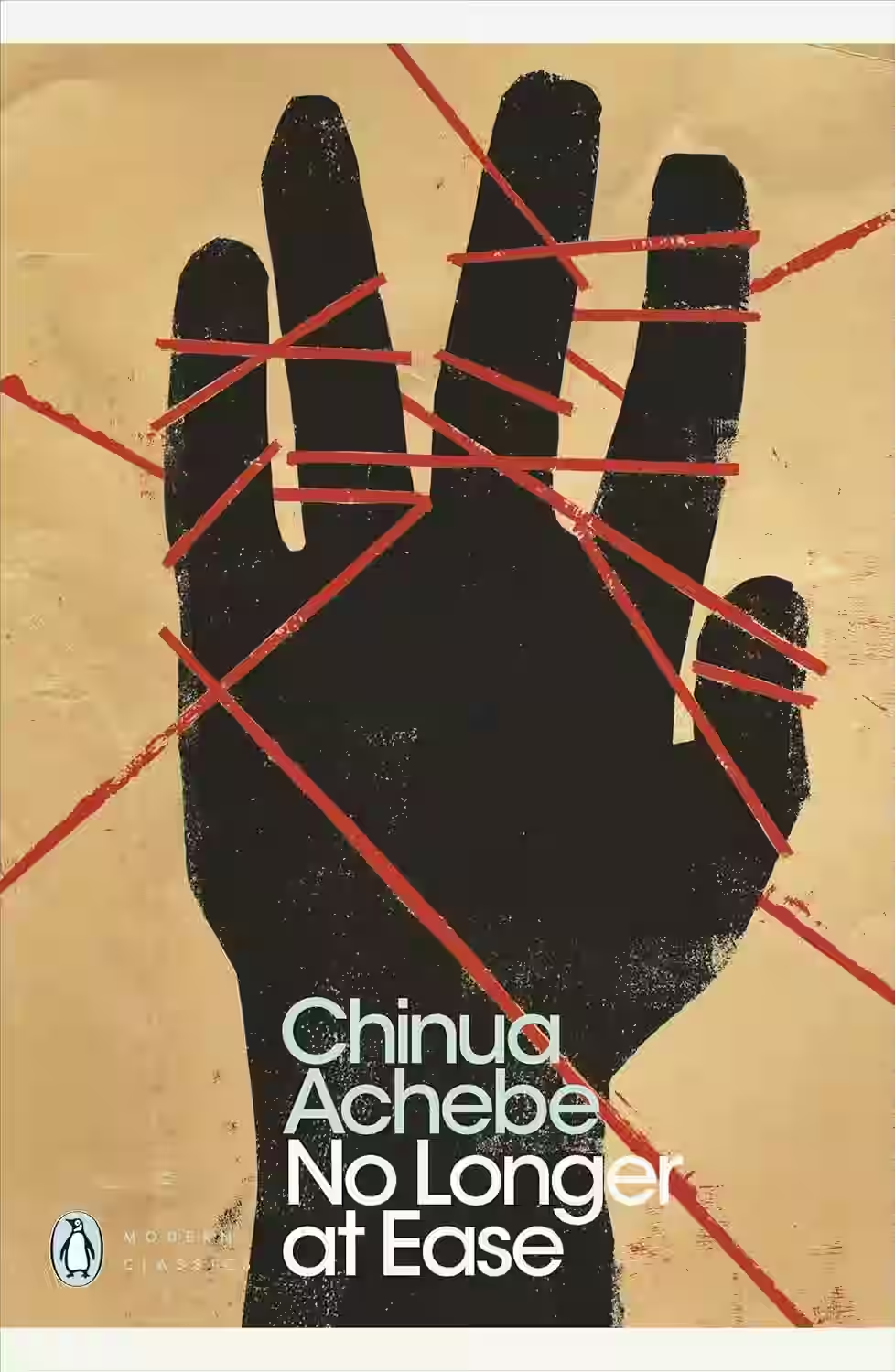
No Longer at Ease
A sequel to Things Fall Apart, this novel follows Obi Okonkwo, a young Nigerian returning from England with high hopes—only to be caught between traditional values and colonial bureaucracy. As corruption and moral conflict mount, Obi’s idealism erodes. Achebe explores post-colonial identity, cultural conflict, and disillusionment with subtle power and emotional depth.
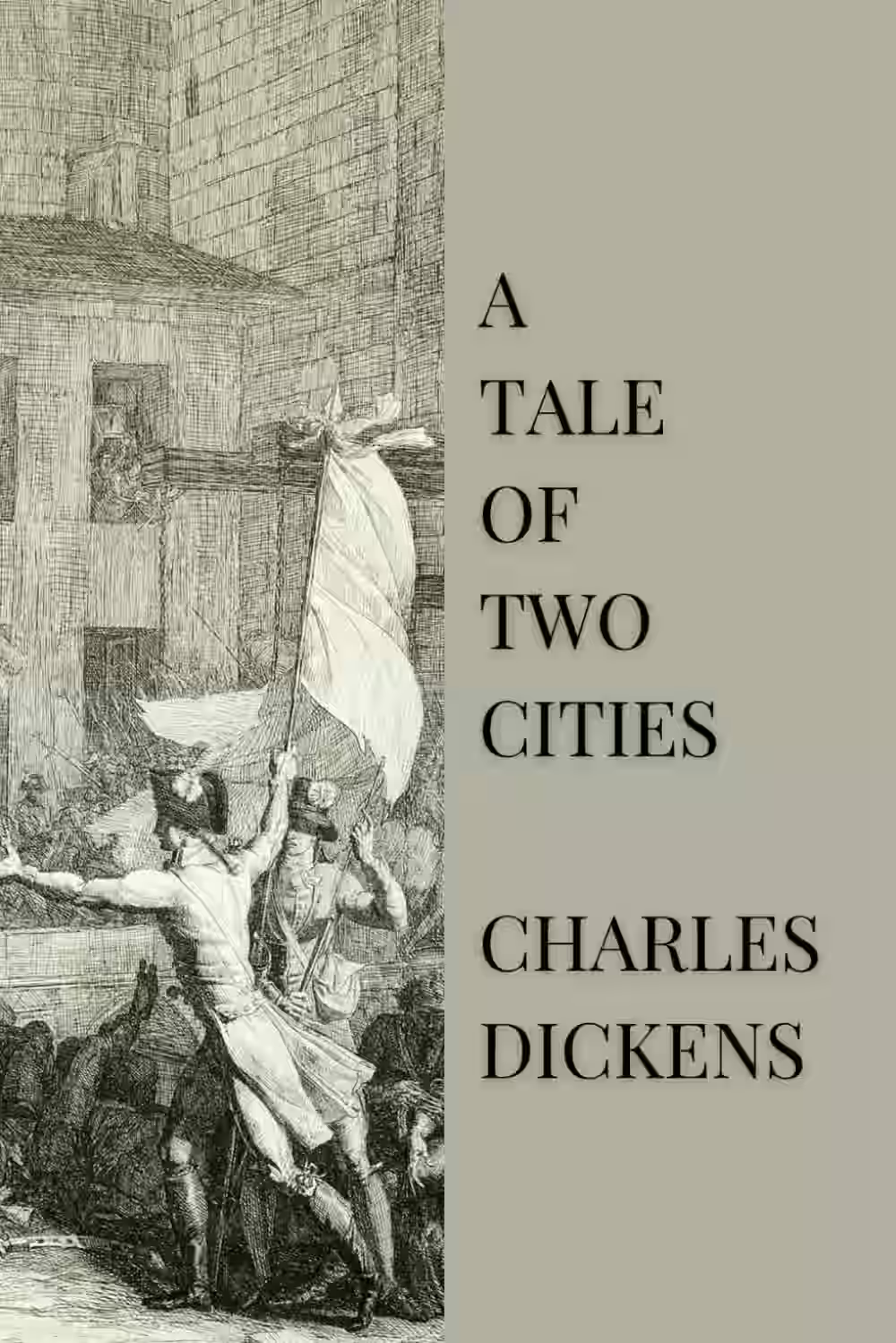
A Tale of Two Cities
In Charles Dickens' 'A Tale of Two Cities,' the turbulent backdrop of the French Revolution sets the stage for a gripping narrative of love, sacrifice, and redemption. The novel intertwines the lives of characters from London and Paris, illustrating the stark contrasts between the two cities during a tumultuous time in history. Through intricate plots and vivid descriptions, Dickens explores themes of resurrection, oppression, and the consequences of societal injustice. As the characters navigate personal struggles and political upheaval, the story builds towards a powerful climax that resonates with themes of hope and renewal. 'A Tale of Two Cities' remains a timeless classic that captivates readers with its profound insights into human nature and the enduring power of love and sacrifice.

The Grass is Singing
Set in colonial Rhodesia, this psychological novel explores the fraught relationship between a white woman and her Black servant. When Mary Turner’s fragile life on a remote farm spirals into violence and tragedy, Lessing exposes the corrosive effects of racism, isolation, and repressed emotion. The Grass is Singing is a haunting debut that critiques colonial society and gender dynamics with unflinching honesty.